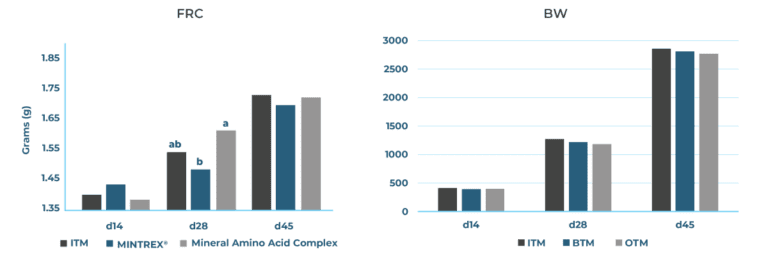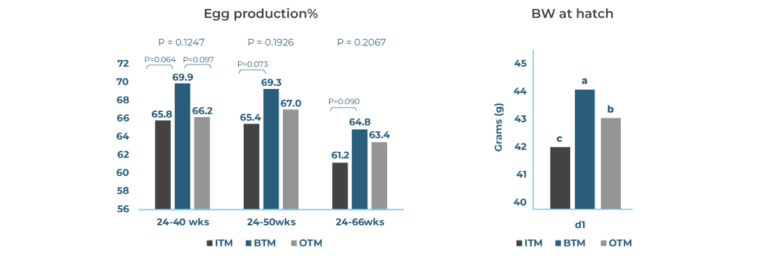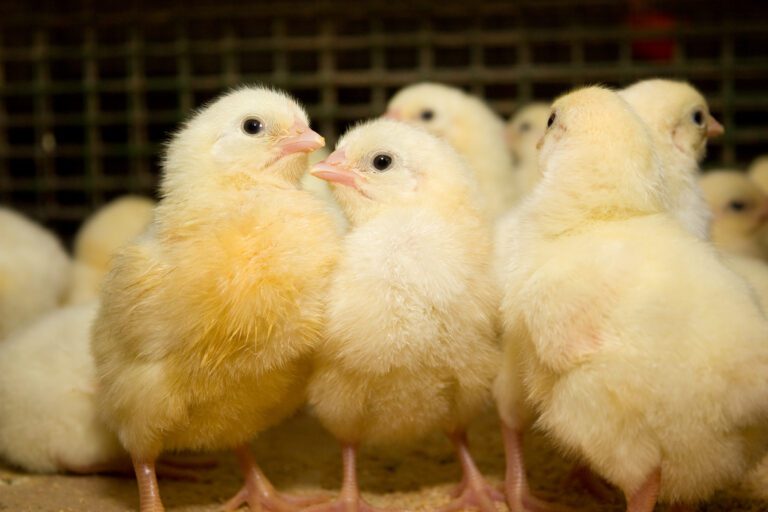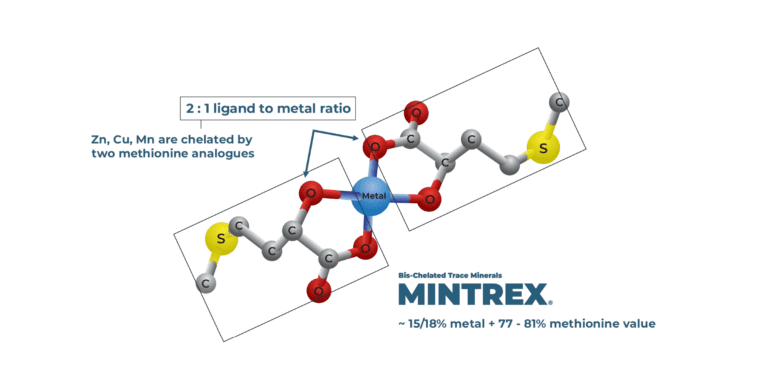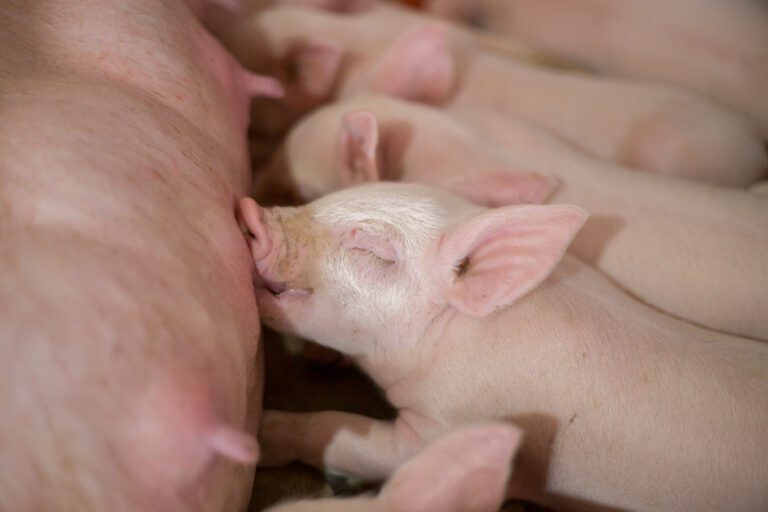Optimizing Broiler Chick Performance Before They Hatch
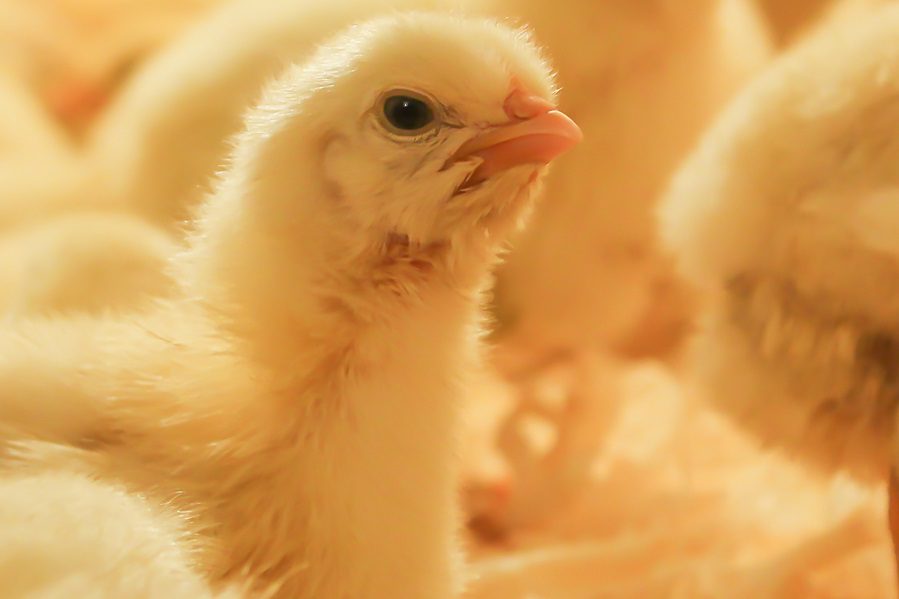
It is a well-known fact that chick quality is very much affected by nutrition and management of breeder stock. Immune system development begins long before the chick hatches with a cascade of hormones and enzyme activity—but it can also be influenced even before the hen lays that egg.
Essential trace minerals play a significant role in the development and performance of a healthy, vigorous young chicken. In high-performing animals, such as modern broilers, these essential trace minerals act as co-factors to hundreds of enzymes and other proteins. For example, zinc plays a critical role in testosterone levels, and carbonic anhydrase (a zinc-containing enzyme) carries carbon dioxide back to the lungs for expulsion. In another example, copper drives lysyl oxidase enzymes, which help build and maintain elastic tissues like collagen.
Antioxidant enzymes like superoxide dismutase are significant because they ensure that poultry can effectively address free radicals and the associated oxidative stress a chick’s body endures that comes with removing these free radicals from the body. Essential trace minerals copper, manganese, and zinc are all important co-factors for this cycle.
Affecting Epigenetics Through Diet
Changes in heritable phenotypes without altering the DNA are known as epigenetics; a change in the frequency wherein DNA sequences allow themselves to be exposed for copying.
The diet can manipulate epigenetic pathways, resulting in profound effects on chick survival and vigor, which impacts lifetime performance1. Superior broiler chick performance can be improved by systematically turning on genetic switches in breeding hens which resulted in improved health and development for their chicks1.
Epigenetics is also known as “maternal programming” and “maternal feeding. The diet of the hen effectively prepares her progeny for the environment they will be born into by changing how frequently DNA is expressed while leaving the DNA itself unchanged.
Supplementing Hens with Essential Trace Minerals
Studies conducted by NOVUS and published in independent, peer-reviewed journals2 have shown the epigenetic effect of feeding bis-chelated trace minerals in the form of metal chelate of hydroxy analogue of methionine (as MINTREX® Bis-Chelated Trace Minerals) to broilers, breeding hens, and roosters. These highly bioavailable bis-chelated minerals contribute to chicken development, including enhancing hatchability, livability, and performance for breeding stock and their resulting progeny2.
Talk to your nutritionist and a NOVUS representative today about adding bis-chelated trace minerals into the diets of your breeding hens, roosters, and broilers.
- Aleksandra Dunislawska, Elzbieta Pietrzak, Ramesha Wishna Kadawarage, Aleksandra Beldowska, Maria Siwek, Pre-hatching and post-hatching environmental factors related to epigenetic mechanisms in poultry, Journal of Animal Science, Volume 100, Issue 1, January 2022, skab370, https://doi.org/10.1093/jas/skab370
- Fabricia de Arruda Roque, Juxing Chen. Maternal supplementation of different trace mineral sources on broiler breeder production and progeny growth and gut health. Frontier Physiology, 23 September 2022.
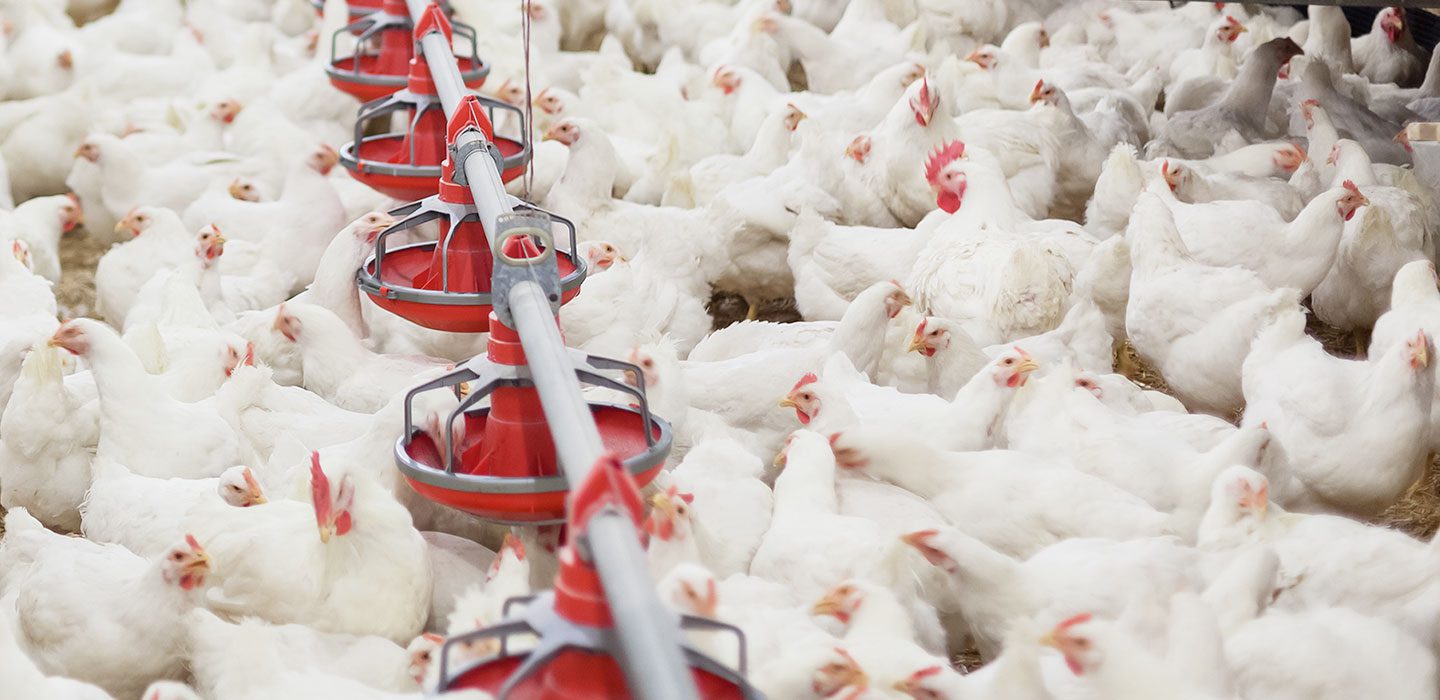
Intelligent Nutrition for Your Business
More science. More insight. More inspiration. More ways for you to feed the world.

